How to choose a heating radiator for an apartment: features
Settling in a new dwelling or doing repairs in the old, we ask ourselves which heating radiator is better to choose for an apartment? Someone likes aluminum counterparts, someone praises steel batteries. Some of us rejoice in the newest bimetallic devices, others acquire proven devices made of cast iron. Let's figure out which radiator to choose in the apartment.
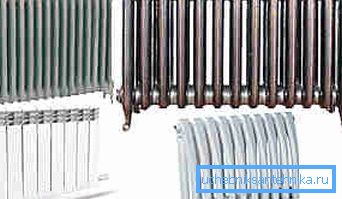
Features of communal heating

The main disadvantages of centralized heating of the dwelling are presented below.
- There are a lot of active chemical inclusions in the coolant passing through the network a long way, corrosive to batteries and pipes.
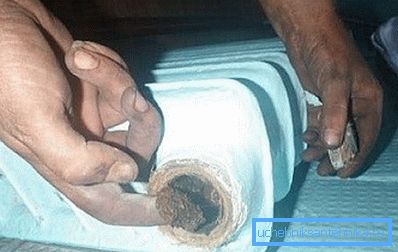
- Small fractions of sludge, which inevitably penetrate into the water, act on the inner surface of the batteries as an abrasive. After a few years, they can wipe the device to holes.
- Coolant temperature is unstable.
- The most dangerous instantaneous increase in pressure in the network or hydraulic shock. It happens, for example, when a plumber abruptly closes the valve of a pumping station with his own hands. It still occurs when excess air penetrates the pipes.
Note! Water hammer can carry a lot of problems. So, not very strong radiators are not able to hold a huge short-term pressure. They simply burst.
Instrument parameters that are optimal for an apartment
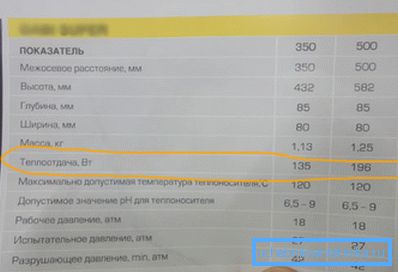
Now that you are aware of the problems of utility networks, your choice of heating radiators for an apartment will be meaningful.
- The operating and test pressure specified by the device manufacturer that it withstands must be greater than this parameter in the heating network. So in homes up to five floors, especially old ones, the pressure does not exceed 6–9 bar. In high-rise buildings, equipped with powerful pumps, its level is 12–16 bar.
- Metal batteries should be strong and thick. Depends on the ability of devices to withstand hydraulic shocks.
- The quality of the coolant in our municipal heating systems is usually poor. Radiators must withstand its aggressive chemical effects. The thickness of the sections should be such that solid suspensions do not wipe them.
- When thinking which radiators are better to choose for an apartment, consider that their purpose is to heat the room. The higher the heat transfer device will be, the better.
- Do not forget about the design of batteries. Low-aesthetic old models of cast-iron analogs now do not suit anyone.
- The last and very important point - the duration of the product life. The bigger it is, the better.
Comparison of different types of batteries
To understand which radiators to choose for heating an apartment, let's compare their different types.
Steel radiators

- Lamellar radiators of steel have a small mass and thickness.
- They have good heat transfer, need a small amount of coolant. This makes them effective.
- Products are economical, because cost a little.
Note! However, appliances are fragile. They can withstand the maximum pressure of 6-8 bar. Therefore, steel batteries are unsuitable for apartments.
Aluminum analogues

- Devices are very aesthetic.
- Have a high level of heat transfer. One section gives up to 200 watts of heat.
- Operating pressure withstand averages up to 16 bar. This is enough for low-rise buildings, but not enough for high-rise buildings.
Cons of devices:
- Coolant with a lot of chemical mist and strong acidity radiator eats quickly. After all, aluminum is too active.
- Thin metal is unable to withstand strong hydraulic shocks.
Conclusion: aluminum is of little use for apartments.
Bimetal in town
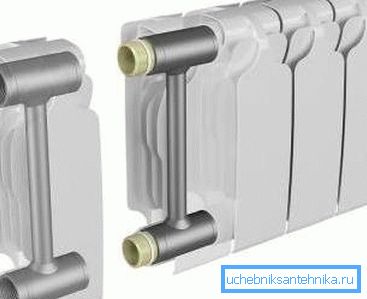
These are the most modern heating radiators. Their ribbed body is made of aluminum.
Inside is a tubular core of copper or steel, coolant circulates through it.
- The manufacturers manual states that the service life of bimetallic devices is at least 40 years.
- The temperature of the coolant, they can withstand up to +130 ?.
- Working pressure they can hold up to 30-65 bar, depending on the model and manufacturer of the device. With such parameters, the radiators are not afraid of even the most powerful water hammer.
- External and internal anti-corrosion coating makes radiators resistant to destruction.
- Low weight facilitates their transportation and installation.
- Devices are aesthetic and painted in different colors.
We draw conclusions: bimetal is ideal for use in apartments.
Durable cast iron

Reflecting on how to choose the right heating radiator in an apartment, a large part of homeowners stop at cast iron. It is insensitive to the dirty coolant, because passive chemically.
Therefore, it is not afraid of strong acidity and chemical impurities in the water.
The thick walls of the sections are not afraid of abrasive.
- Cast iron appliances hold heat for a long time. The value of saving it (residual) - 30%. For other types of batteries, this parameter is 15%.
- Heat transfer, thanks to radiation, is more efficient than convection. Batteries from cast iron warm not only the surrounding air, but also nearby objects.
- When draining the coolant in the summer season, such a device does not rust.
- Another advantage of cast iron - a significant area of thermal efficiency.
- Sharp pressure jumps up to 12-16 bar metal transfers well. If the water hammer is stronger - it can not stand it, because quite fragile.
- The service life of cast iron is the longest - up to 50 years.
Note! The relative disadvantage of this type of instrument is a significant mass, which is inconvenient during transportation and installation. However, a large weight means a considerable thickness of the walls of the sections, which increases the strength of the batteries.
The appearance of modern cast iron devices is no longer as scary as the models produced in Soviet times. Now with the help of figure casting, very attractive radiators are produced externally. Often they are performed in retro style. Such devices harmoniously fit into the interior of richly furnished rooms.
Immediately it should be noted that the price of such radiators is relatively high.
It remains to conclude: cast iron batteries are an acceptable option for apartments. Especially in the houses of the old buildings.
We summarize the information
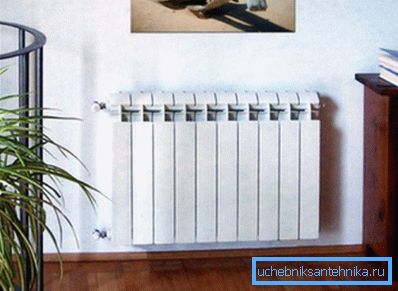
Upon closer inspection, the problem of choosing a heating device for the apartment disappears. Of the four options studied by us, only two are suitable. As we found out, aluminum and lamellar steel batteries are not resistant to aggressive chemically and dirty communal coolant. They are also afraid of water hammer frequent in centralized networks.
But the devices made of cast iron and bimetal for apartments are quite suitable. Which radiator to choose depends on your budget, as well as the technical parameters of specific products. However, here you can issue a couple of recommendations.
Conclusion
In low buildings (up to five floors), especially old buildings, you can install cast iron radiators. If the dwelling is located in a high-rise building, in which there is a high working pressure of the heating network, it is better to prefer bimetal devices. Or think about how to choose an oil cooler for the apartment.
If the old batteries were cast iron, you can choose any of the proposed pair of options. When it is necessary to change the devices made from another type of metal, put bimetallic radiators.
The video in this article will continue to provide visual information on this topic.